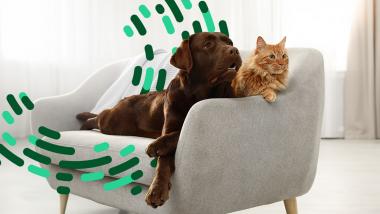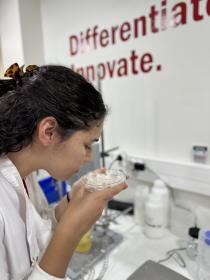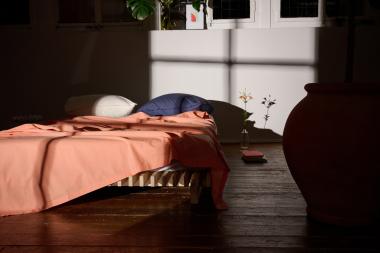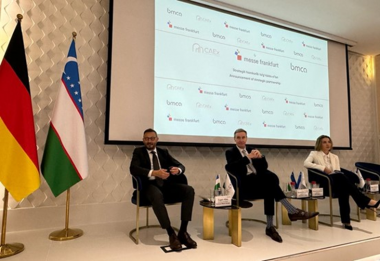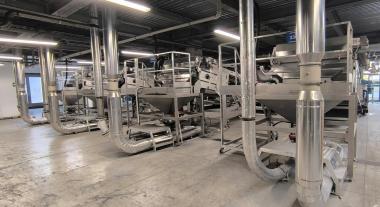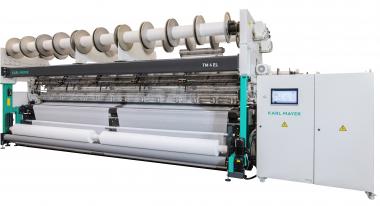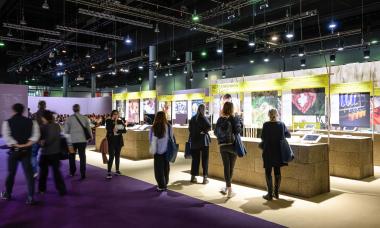Bcomp’s natural fibre materials in CUPRA
- The fully electric vehicle sport EV to incorporate sustainable, flax-based composites to decarbonise manufacturing
- CUPRA Born VZ to have full natural fibre front seats with Bcomp’s high-performance ampliTex™
- Bcomp’s natural fibre materials enable a reduction of 49% of CO2 emissions in seats’ production compared to previous version
CUPRA announces the use of Bcomp’s innovative natural fibre composite solutions for the new CUP Bucket seats in the CUPRA Born VZ electric vehicles, the latest addition to the Spanish brand’s vehicle line-up.
CUPRA focuses on innovation and sustainability to redefine the automotive industry. This approach is exemplified by the CUPRA Born VZ, which combines powerful performance with eco-friendly design, aiming to inspire a new generation of drivers with its progressive and responsible engineering.
For the car’s interior design, CUPRA’s collaboration with Bcomp and Sabelt, has resulted in the creation of the first full natural fibre CUP Bucket seats in the CUPRA vehicle line-up. By replacing the seatbacks currently made from carbon and glass fibres, the new all-natural fibre seatbacks offer significant reductions in emissions. The use of Bcomp’s proprietary ampliTex™ technical material reduces CO2 emissions by 49% compared to the hybrid version, while also offering end-of-life options. The incorporation of natural fibres offers other benefits including enhanced vibration damping and increased safety, providing a blend of sustainability and high performance.
Bcomp
















